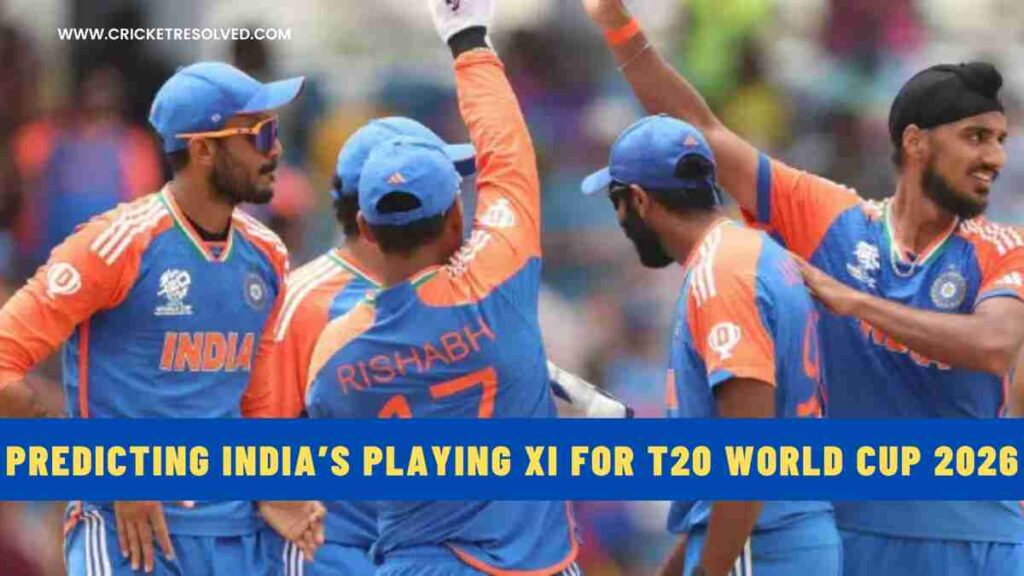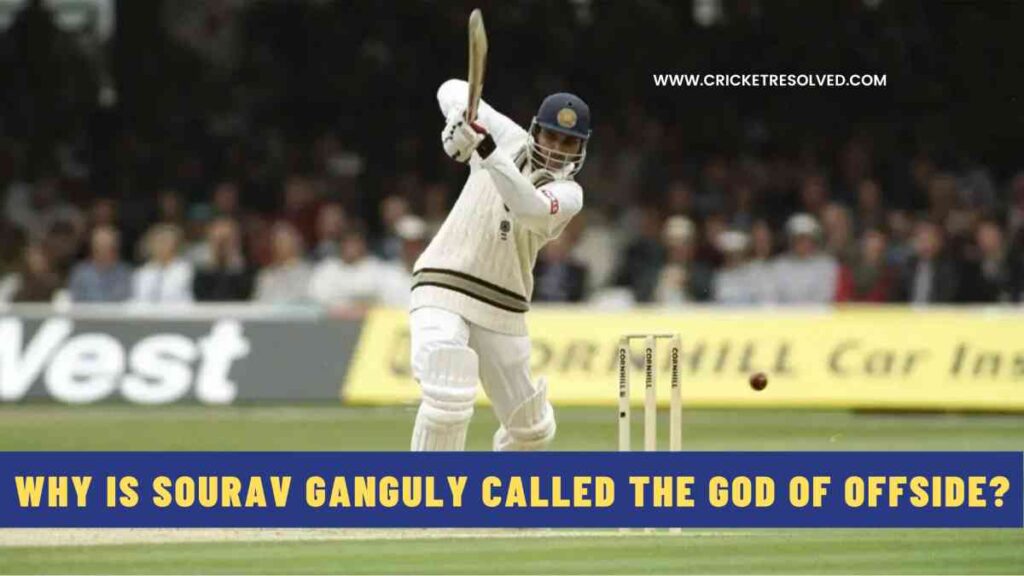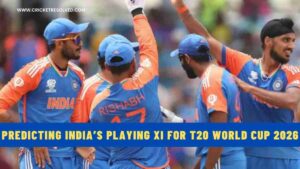Cricket, as a game, has held a special place in the hearts of millions of Indians for over a century. The journey of cricket in India from its colonial roots to becoming a symbol of national pride and identity is a fascinating tale of passion, resilience, and transformation.
In this article, we delve into the remarkable evolution of Indian cricket, tracing its origins, milestones, and the profound impact it had on shaping our nation during the turbulent times leading up to independence.
Cricket’s Colonial Roots
Cricket made its debut on Indian soil during the colonial era, introduced by the British in the early 18th century. Its emergence in India was closely tied to British imperialism and their need for recreational activities to pass the time during their rule.
British officers and civil servants established the first cricket clubs, often played on lush, green maidans (grounds) in major cities such as Bombay (now Mumbai) and Calcutta (now Kolkata).
One of the earliest recorded cricket matches in India took place in 1721 when British sailors challenged local Indian players in Cambay, Gujarat. The sport’s popularity grew steadily over the decades, with matches becoming a regular feature on weekends, attended by both the British and Indian elite.
Early Indian Cricket Pioneers
The colonial era also saw the emergence of Indian cricket pioneers, who laid the foundation for the sport’s growth in the country. The Parsis established the first-ever cricket club in India – the Oriental Cricket Club (OCC), in Bombay in 1848.
Among the founding members of the club was the legendary Parsi statesman and one of the earliest leaders of Congress, Dadabhoy Navroji. The club played a pivotal role in promoting cricket among Indians and soon became a symbol of Parsi identity in British India.
Another notable figure in the early history of Indian cricket was K.S. Ranjitsinhji, a prince from Nawanagar, who played for the Sussex County Cricket Club in England. Ranjitsinhji’s remarkable batting skills and contributions to cricket not only earned him international recognition but also inspired a generation of young Indian cricketers. India’s premier domestic tournament — the Ranji Trophy — is named after Ranjitsinhji in his honour.
The Indian Cricket Team Takes Shape
By the late 19th century, the cricketing landscape in India had evolved significantly. The Bombay Quadrangular, an annual cricket tournament featuring European and Indian teams, was established in 1892.
This tournament played a pivotal role in nurturing cricket talent among Indian communities. It was during this time that Indian cricket legends like Palwankar Baloo and Lala Amarnath emerged as trailblazers in the sport.
Palwankar Baloo, a Dalit cricketer, broke social barriers by not only becoming a prominent player but also leading the Hindu team in the Quadrangular tournament. His success shattered stereotypes and showcased the potential of cricket to unite people from diverse backgrounds.
Cricket as a Vehicle for Nationalism
As the Indian freedom struggle gained momentum, cricket began to take on a new significance beyond a mere colonial pastime. The sport was increasingly viewed as a vehicle for expressing nationalistic sentiments and fostering a sense of unity among Indians.
Cricket tournaments like the Bombay Pentangular, which featured teams representing different religious communities, started to reflect the political and social fabric of the time.
The famous cricketer Lala Amarnath, known for his fiery spirit on and off the field, embodied this new wave of nationalism. He not only played a crucial role in India’s first Test tour of England in 1932 but also used his cricketing fame to advocate for India’s independence.
The Controversial Maharajkumar of Vizianagram
The period leading up to India’s independence witnessed one of the most remarkable stories in Indian cricket history.
The Maharajkumar of Vizianagram, also known as Vizzy, was a flamboyant cricketer who defied the British establishment and pursued his passion for the game. Vizzy’s journey was marked by controversies, including allegations of favouritism and ego clashes with fellow players.
The Dawn of Independence: India’s First Test Match
As the clock struck midnight on August 14, 1947, and India celebrated its hard-won independence, cricket continued to play a significant role in the nation’s identity. Just a few months later, on November 10, 1948, India played its first Test match as an independent nation against the West Indies in Delhi.
The Indian team, captained by Lala Amarnath, donned white flannels with a new sense of pride. Although the match ended in a draw, it was a symbolic moment, signifying India’s emergence as a cricketing nation on the global stage. The journey from being colonial subjects to a sovereign nation competing in international cricket was complete.
Conclusion: The Legacy of Independence and Beyond
The evolution of Indian cricket from the colonial era to independence is a testament to the power of sports in shaping national identities and aspirations. Cricket transcended its origins as a British pastime to become a vehicle for expressing nationalism, fostering unity, and advocating for social change. The stories of pioneers like Palwankar Baloo, Vizzy, and Lala Amarnath, who defied conventions and paved the way for future generations, continue to inspire us today.
Cricket’s journey did not end with independence; it evolved further to become an integral part of India’s cultural fabric. The sport has produced legends like Sachin Tendulkar, Kapil Dev, and Virat Kohli, who have carried the legacy forward and made India a force to be reckoned with in international cricket.
As we celebrate the rich history of Indian cricket, we must also reflect on the values it embodies — teamwork, resilience, and the pursuit of excellence. These values are not only relevant on the cricket field but also in the larger context of nation-building and progress.
Cricket remains a symbol of unity in a diverse nation like India, where millions come together to cheer for their team, transcending boundaries of language, religion, and region. It is a reminder of the power of sports to unite, inspire, and bring joy to a nation.









2 Comments